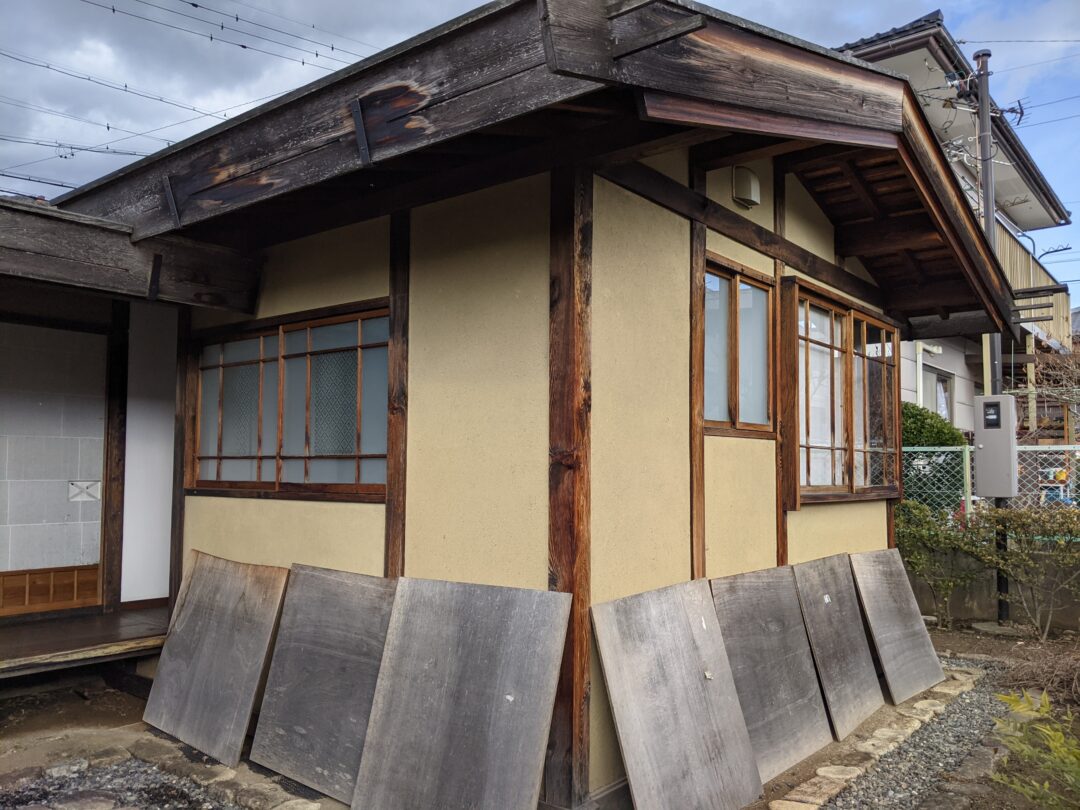Takahashi Family Residence: An Important Part of the Matsumoto Story
Matsumoto is a city proud of its samurai heritage, a past that can be explored at multiple historic sites. Matsumoto Castle is of course the most famous and prominent of those – a registered National Treasure and pride of the city. Popular shopping streets including Nawate Dori and the Nakamachi also align with the original moat and defensive systems of the castle complex, while to the north of the castle, the Takahashi Family Residence is one of Matsumoto’s last remaining samurai residences.

The Takahashi Family Residence
A Short Distance from Matsumoto Castle
Located 10 minutes walk from Matsumoto Castle, the Takahashi Family Residence is situated nearby the Former Kaichi School – Matsumoto’s second National Treasure, in addition to the castle. Once the property of the Matsumoto Castle Domain, the residence is estimated to have been constructed sometime in the early 17th century, making it one of the oldest remaining samurai properties in Nagano.



One of the oldest remaining samurai properties in Nagano
The Takahashi family acquired and moved into the property in 1726 with the residence then designated an Important Cultural Property of Matsumoto City in 1969. As of 2004, the then owner Keizo Takahashi donated it to the city and it was opened to the public as a museum in 2009.
Discover the Daily Life of the Samurai
Though the residence dates back to the 17th century, documents from 1883 record that the building was restored and adapted in appearance during the late-Edo Period (1603-1867) and into the Meiji Period (1868-1912). Functioning as a museum since 2009, the residence exhibits how the samurai class lived during those periods – a timespan covering the 18th and 19th centuries.

Discover the Daily Life of the Samurai
The Takahashi Family Residence features a unique inner layout of four rooms that mimic the character for rice field – 田. The northern rooms – including a reception room and antechamber – were used to host guests, while the southern rooms were used as living quarters.


More commonly found in farmhouses, this layout suggests the house may actually date from before the Edo Period. Other architectural features including a pillar in the center of the ‘fusuma’ (sliding room partitions) and low eaves between rooms also indicate that the residence may well be even older than documents attest to.





Play Your Part in Matsumoto’s Samurai Story
The people of Matsumoto are proud of their samurai past and will often stop visitors in the street to greet them and explain a little of the city’s history. It’s all part of the experience of visiting! Should you wish to take that experience even further, you can partake in samurai experiences such as ‘katana’ (sword) fighting workshops and other tours and activities conducted in and around the grounds of the famous castle.

Matsumoto Castle Tour & Samurai Experience
Author Profile

Latest entries
 Seasonal Topics2024-07-23Don’t Sweat it in Summer! Head to Sawamura Public Pool!
Seasonal Topics2024-07-23Don’t Sweat it in Summer! Head to Sawamura Public Pool! Art2024-01-25Drift Into the Seductive World of “Ukiyo-e” While in Matsumoto
Art2024-01-25Drift Into the Seductive World of “Ukiyo-e” While in Matsumoto Events2024-01-10The Ameichi Festival: Matsumoto’s Edo Period Celebration That Continues Today
Events2024-01-10The Ameichi Festival: Matsumoto’s Edo Period Celebration That Continues Today Notification2023-12-14New Year’s Holiday Closure Notification: Matsumoto Castle & More
Notification2023-12-14New Year’s Holiday Closure Notification: Matsumoto Castle & More


